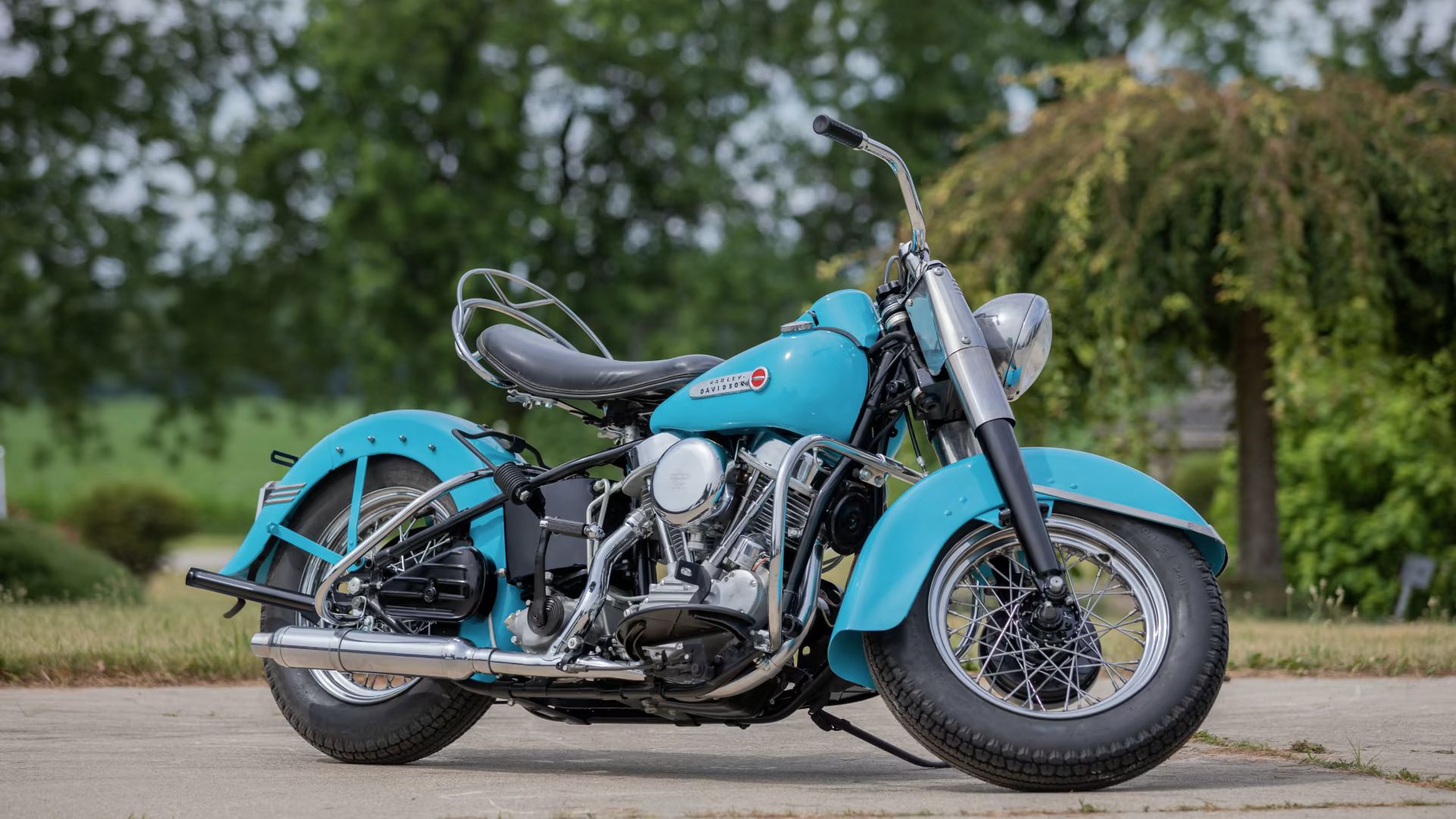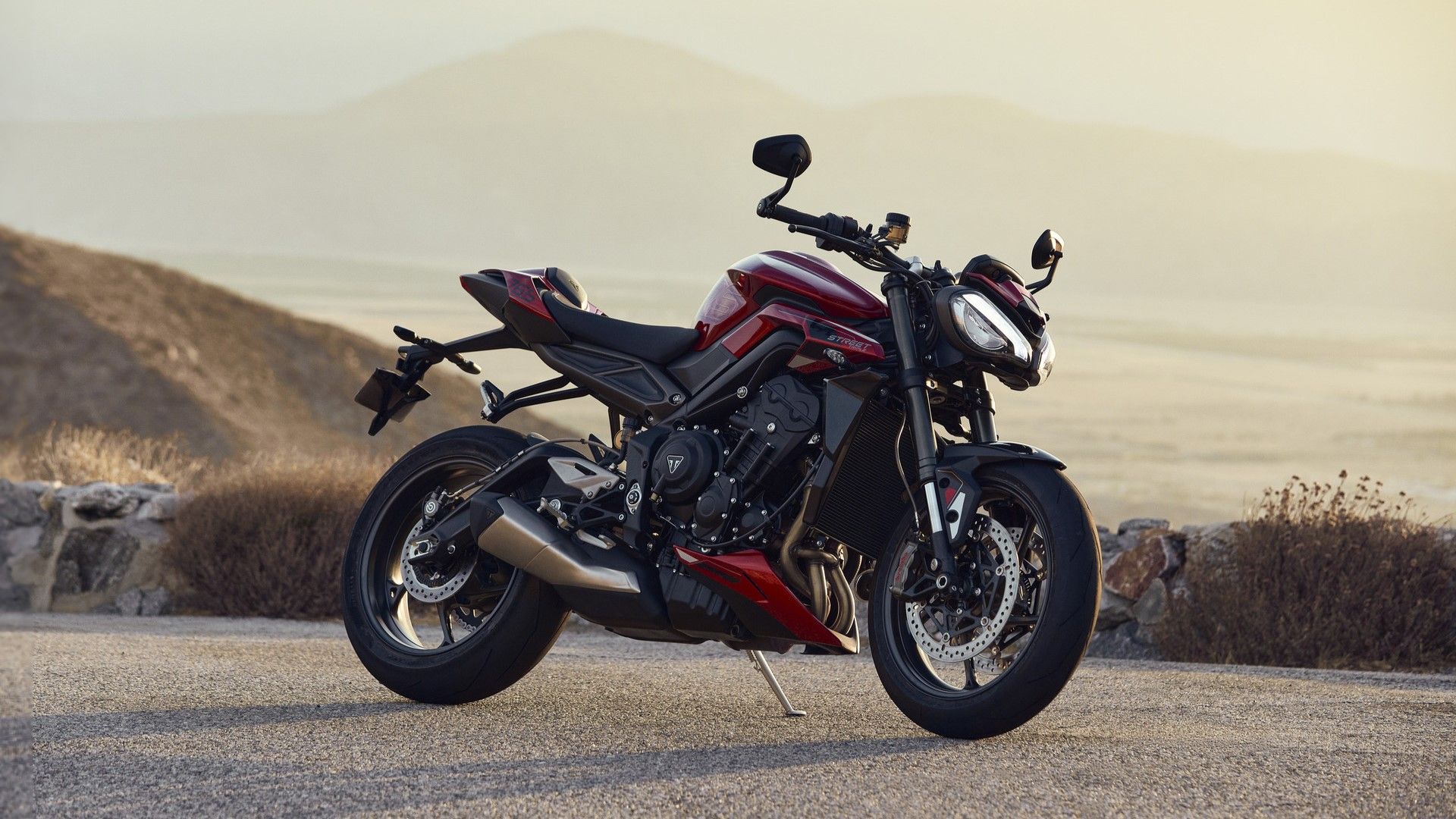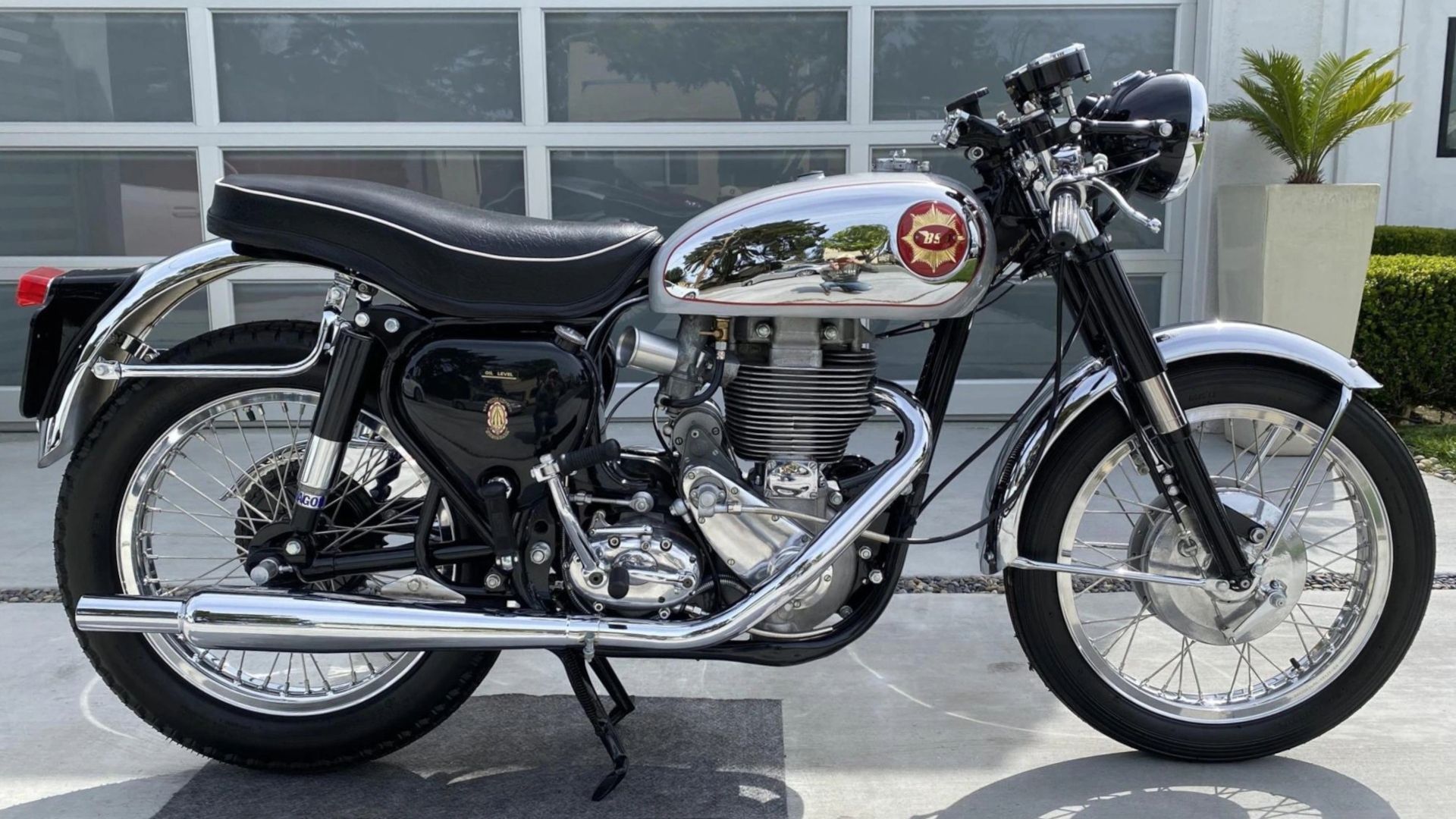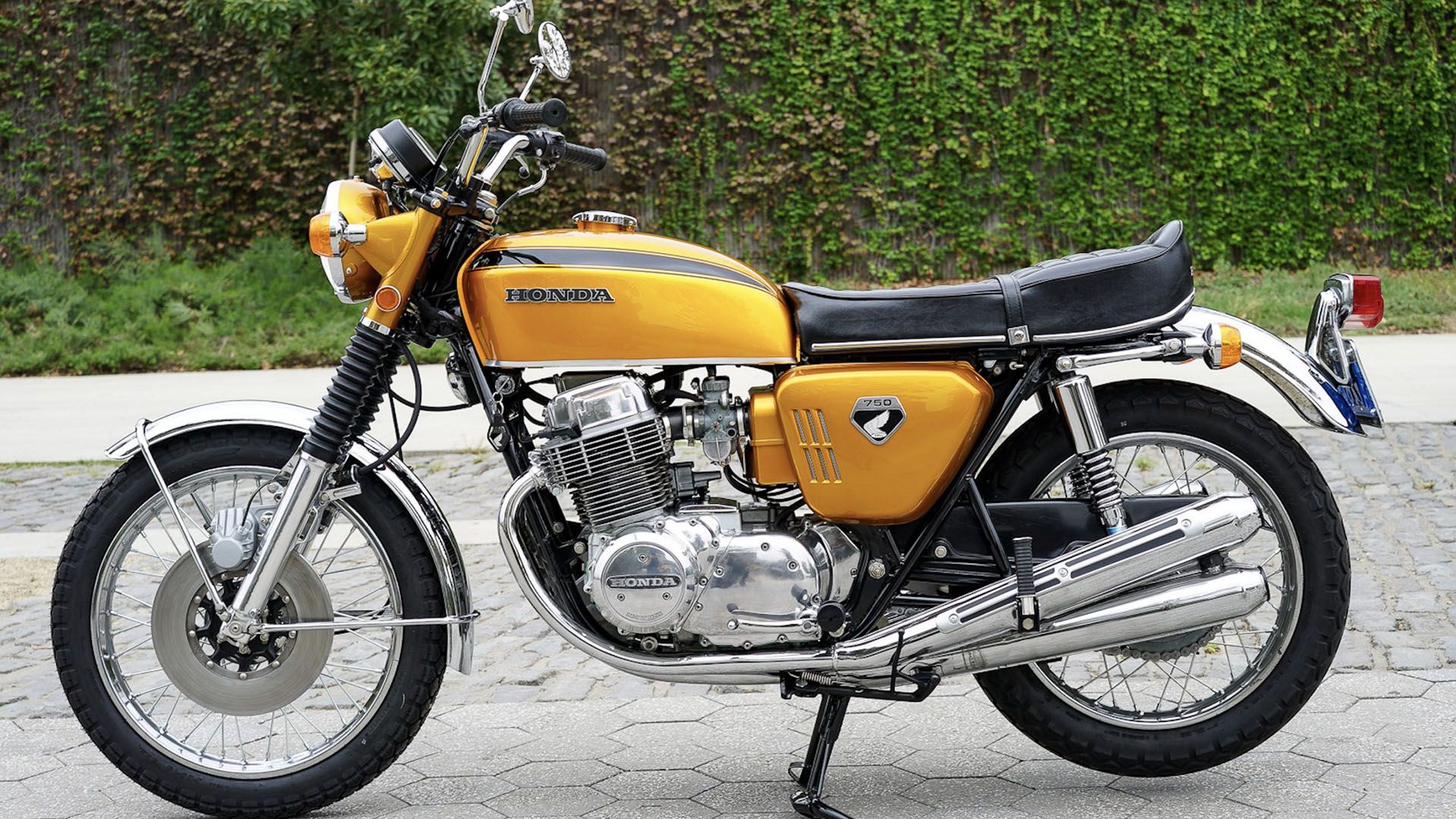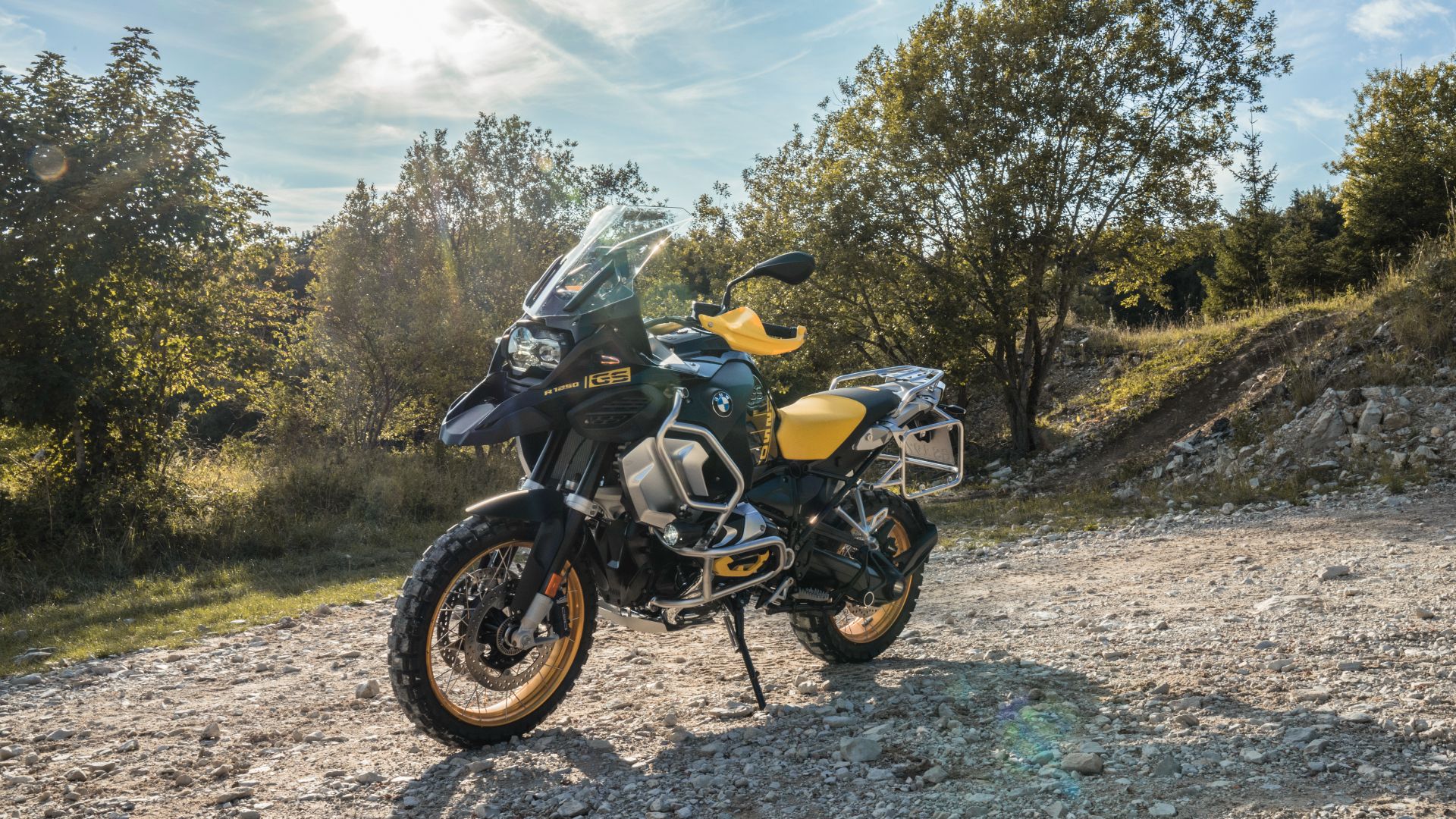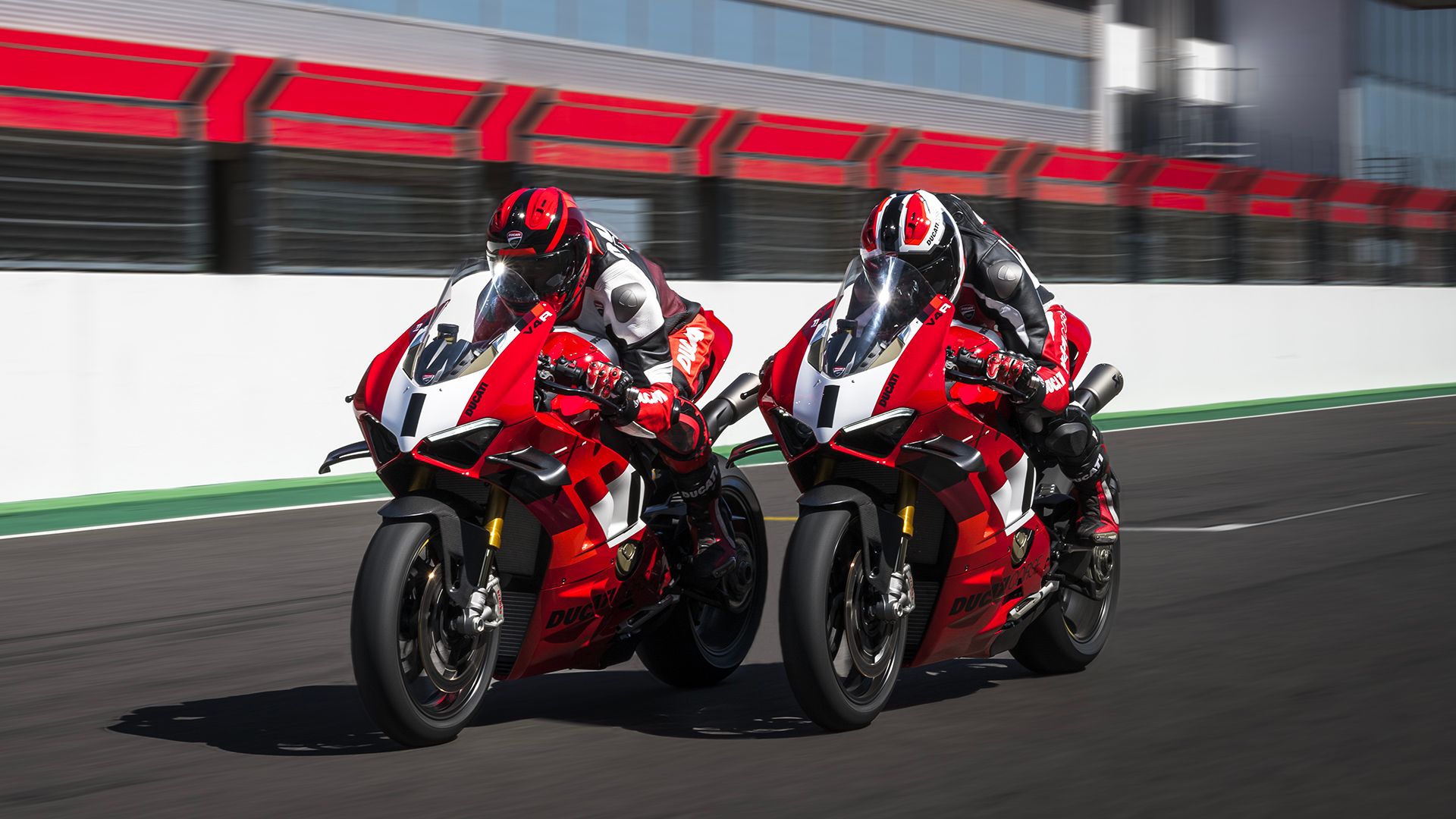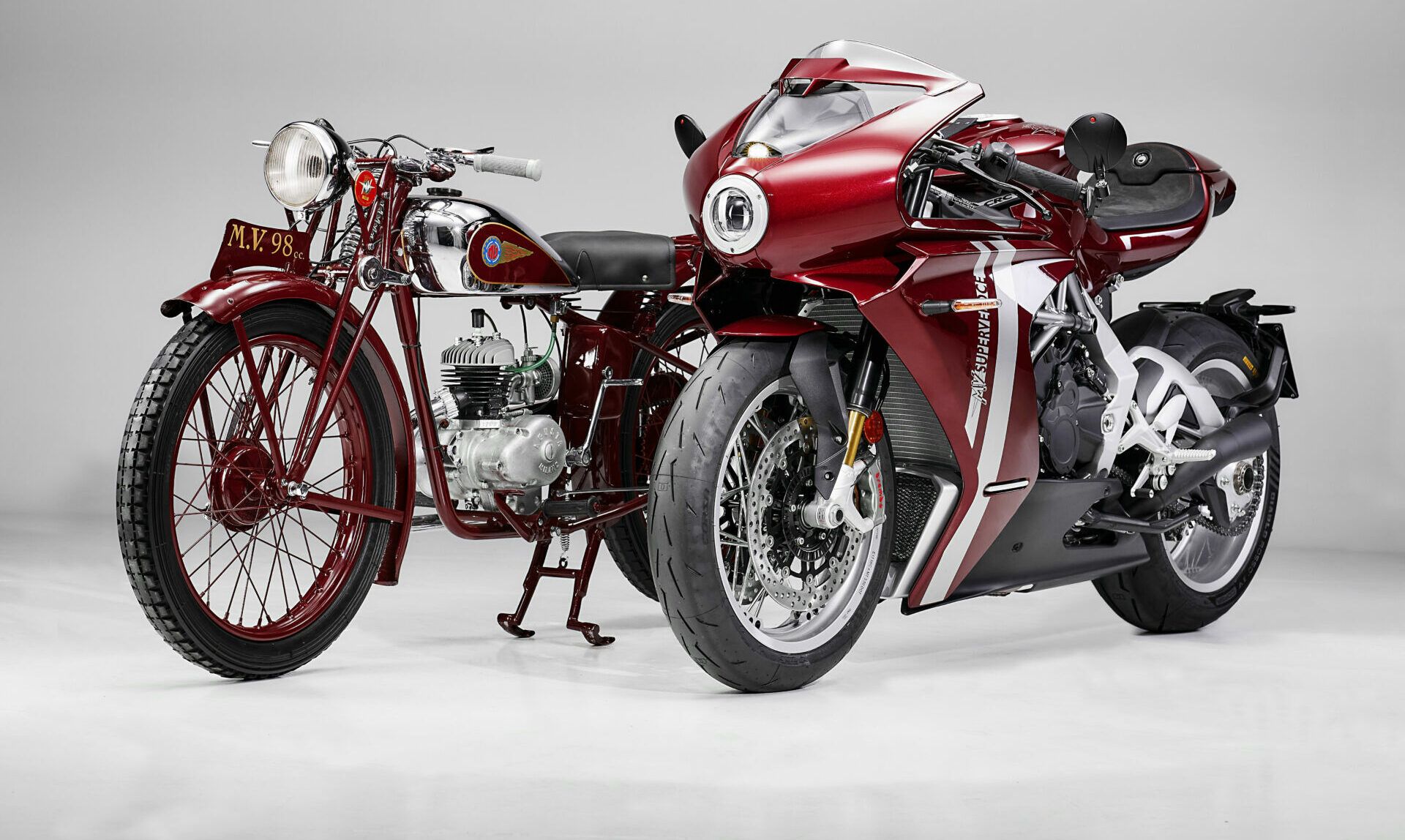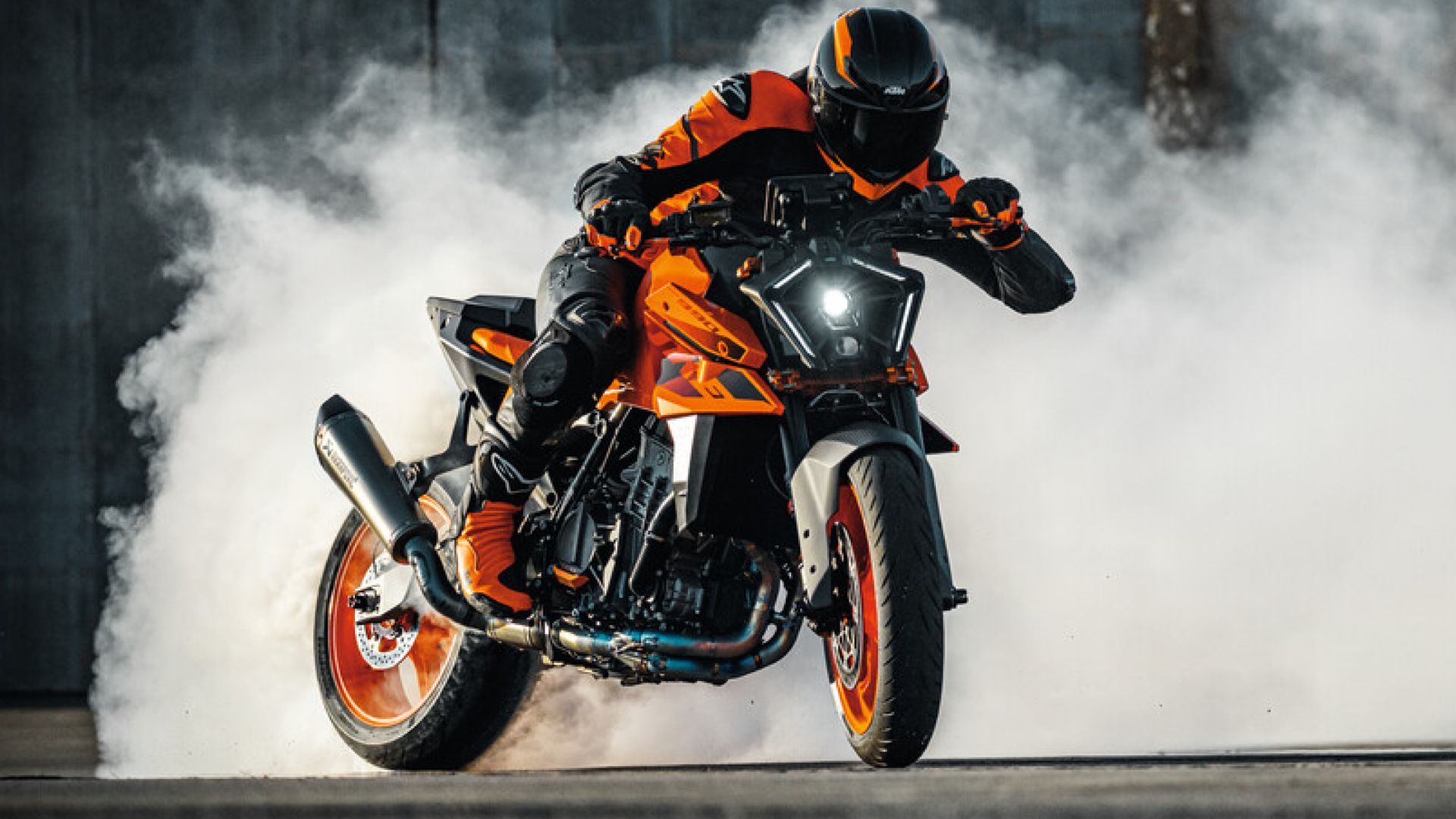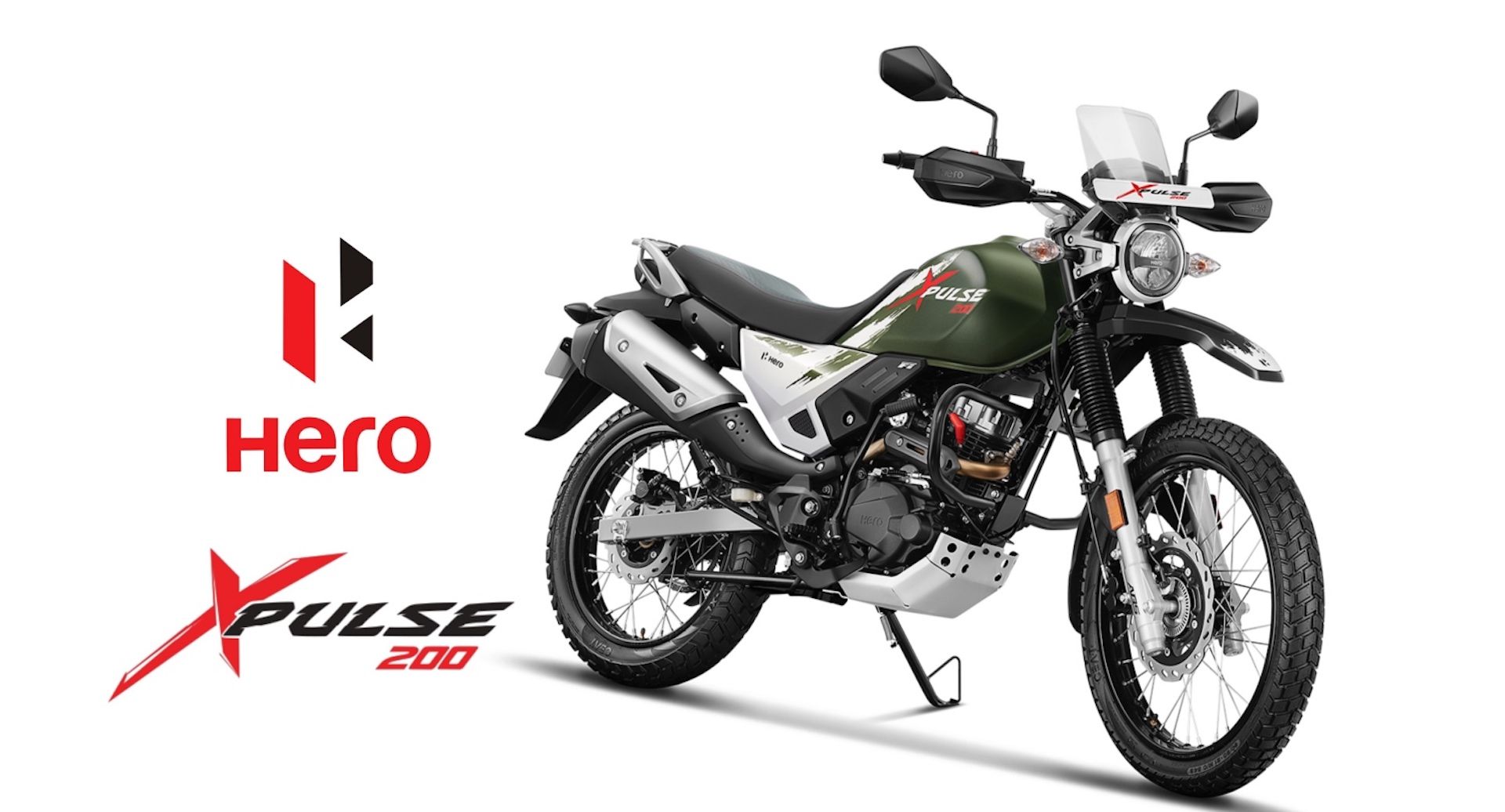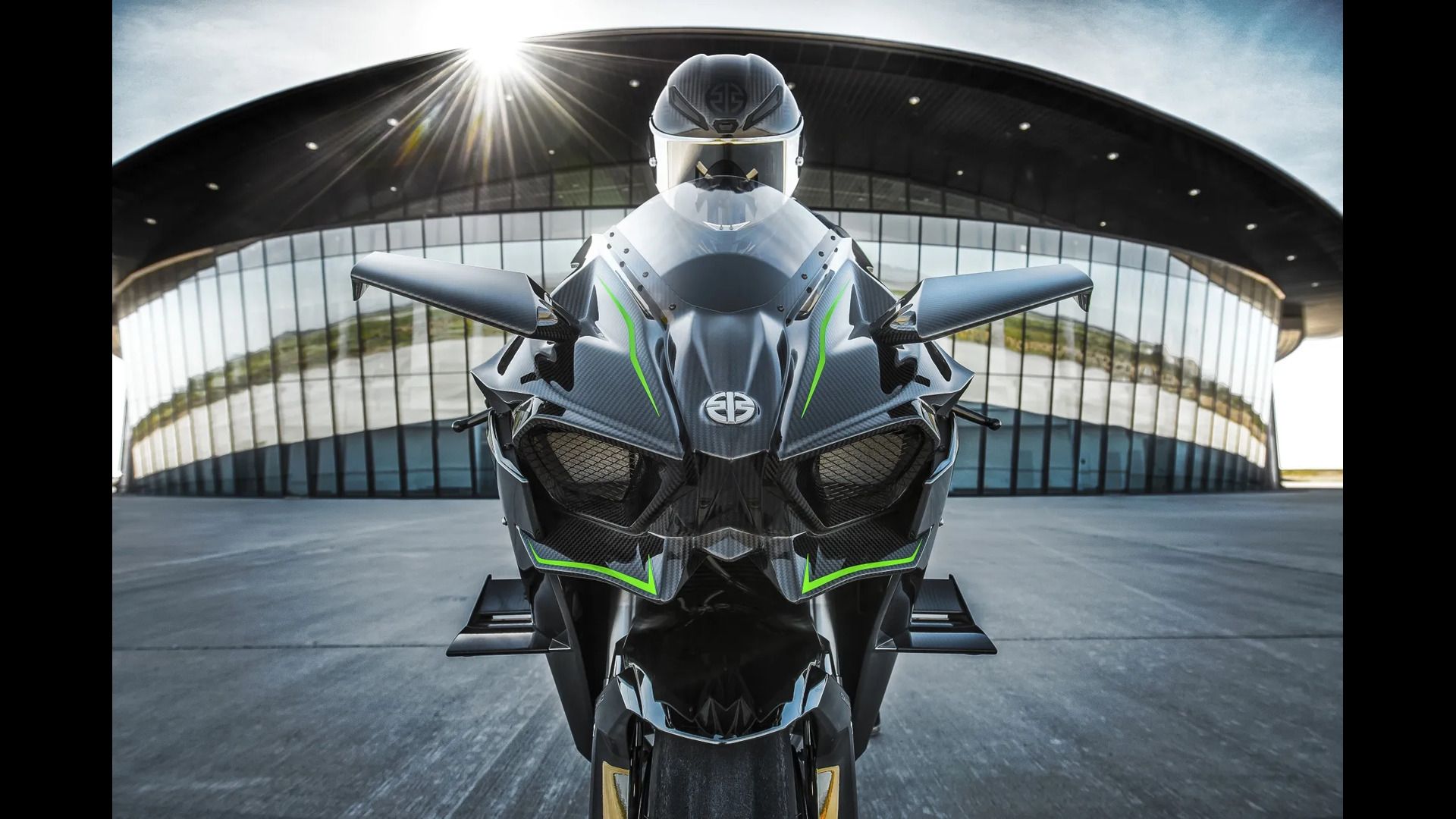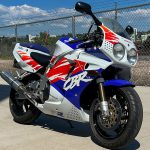There have been hundreds of motorcycle manufacturers in existence since the early 20th Century, many of which failed, some of which turned away from motorcycle manufacturing to concentrate on alternative engineering, and many more that have survived and thrive today. Some manufacturers made little impact on motorcycling, while others, like Harley-Davidson, had an influence beyond what their founders could have imagined when they took their first faltering steps at the dawn of the industry.
At the beginning, it was the British and Americans who dominated the world’s markets but, after the Second World War, the Italians got into their stride, followed by the might of the Japanese industry from the early 1960s onwards, while the German BMW company had an influence way beyond its relatively small production numbers.
In order to give you the most up-to-date and accurate information possible, the data used to compile this article was sourced from various manufacturer websites and other authoritative sources, including www.motorcyclespecs.co.za, www.motorcyclenews.com and www.cycleworld.com
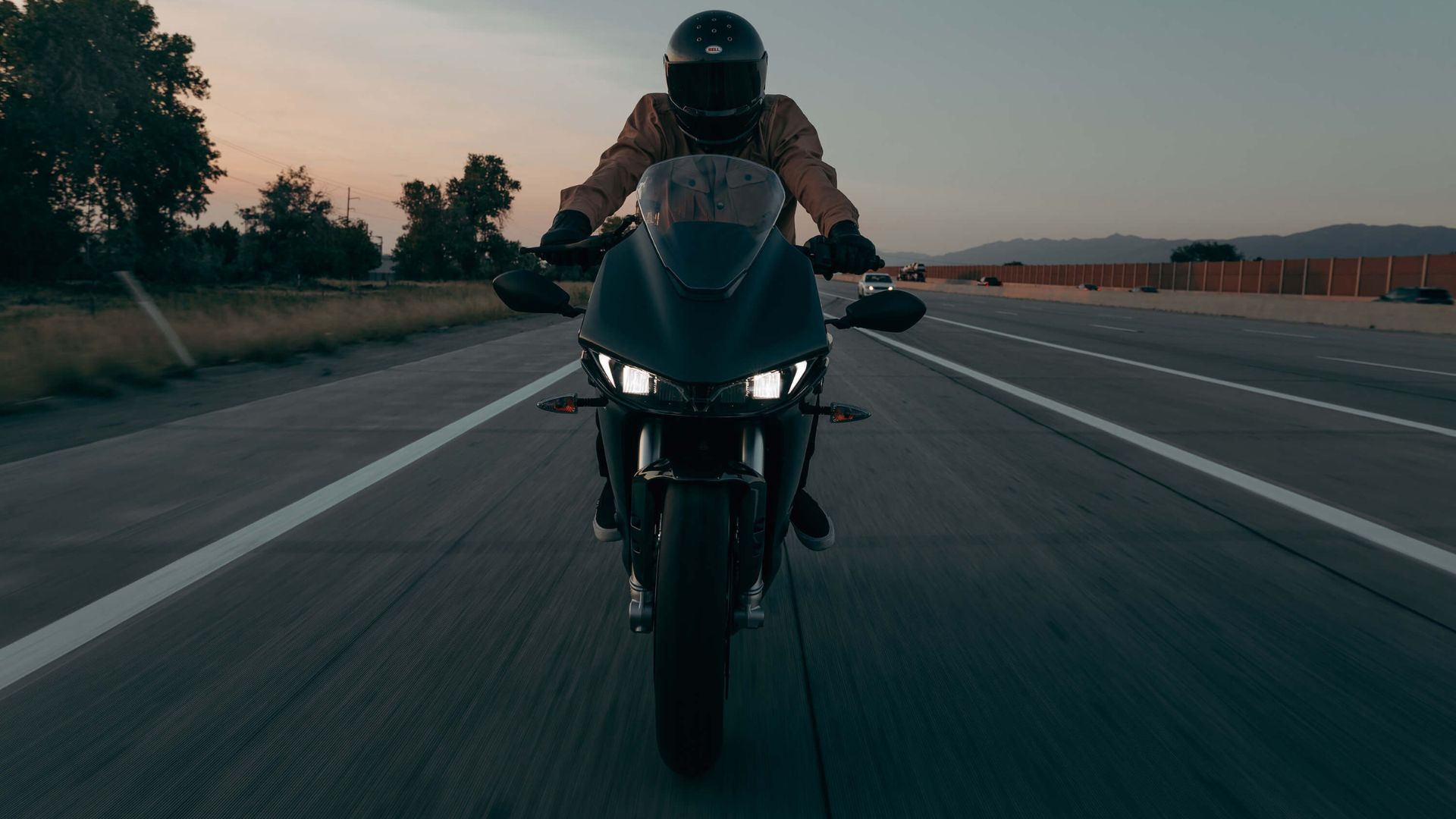
10 Promising New Motorcycle Brands
Watch out old timers, these new brands might just give you a run for your money!
10 Harley-Davidson
Established 1903
Indian Motorcycles might be slightly older than Harley-Davidson, but in the eyes of the world, the Harley-Davidson is the quintessential American motorcycle, having survived in production from 1903 to today and inspiring copies of the traditional American V-Twin cruiser from many different manufacturers. It was the success of Harley-Davidson in its home market that prompted European and Japanese manufacturers to manufacture models specifically for the U.S. market.
While the British concentrated on fast and well-handling lightweight roadsters, the Japanese followed that trend at first before launching their own V-Twin cruisers in direct competition. Today, Harley-Davidson is one of the most recognizable and most successful motorcycle brands in the world, even if the majority of the models are seen as being rather old-fashioned.
Manufacturer Highlights
- Founded by William S. Harley and Arthur and Walter Davidson
- The first V-Twin engine was introduced in 1907
- One of only two manufacturers to survive the Great Depression, the other being Indian
- During the Second World War, H-D supplied 70,000 WLA models to the U.S. and Allied armies
- From 1969 to 1981, the company was owned by American Machine and Foundry (AMF)
- In 1981, the company was bought back from AMF by a management consortium, including Willie G. Davidson, grandson of the founder.
9 Triumph
Established 1885 (First Motorcycle 1902)
One of the great names in motorcycling, like so many of its British rivals, Triumph started out making bicycles before commencing motorcycle production in 1902. Up to 1938, Triumphs were conventionally engineered, albeit with an excellent reputation for quality and reliability. Then, in 1938, Triumph Boss Edward Turner unveiled the new Speed Twin, with its compact parallel twin engine that immediately made the single-cylinder engines that were prevalent at the time look old-fashioned.
Following the Second World War, every single British motorcycle manufacturer produced its own copy of the Triumph engine and the parallel twin engine would become the single most important engine design for the next 25 years. Triumph exists today as a manufacturer of world-class road and adventure motorcycles.
Manufacturer Highlights
- Founded in 1885 by a German immigrant to England, Siegfried Bettmann, building bicycles
- The first motorcycle, using a Belgian Minerva engine, was produced in 1902
- From 1923, the company started manufacturing automobiles, but the car and motorcycle sides were separated in 1936
- In 1938, Edward Turner introduced the iconic Speed Twin model, with a 500cc parallel twin engine
- The famed T120 Bonneville model arrived in 1959
- The rights to the Triumph name were bought by property developer John Bloor in 1983. From 1991, brand-new Triumph models appeared and Triumph was set for a new lease of success heading into the 21st Century
8 BSA
Established 1861 (First Motorcycle 1910)
Born out of the gunsmith industry in the British Midlands, the Birmingham Small Arms Company produced its first motorcycle in 1910 after building bicycles for 20 years. While Triumph had a relatively glamorous identity and reputation, BSA’s reputation was always more workmanlike and, throughout the 1940s, ‘50s and ‘60s, BSA was known more for its rather mundane, practical models, such as the diminutive Bantam.
Performance machinery in the form of the Gold Star and 650cc A65 models gave an important air of sportiness to challenge the lead of Triumph and Norton, even if the styling was never quite as successful as the former manufacturer. BSA claimed to be the largest motorcycle manufacturer in the world in terms of production in the 1950s and ‘60s but, by 1973, the name had disappeared along with most of the British motorcycle industry.
Manufacturer Highlights
- The Birmingham Small Arms Company was founded in 1861 by several gun manufacturers to take advantage of mass production techniques. Bicycle manufacturing started in 1869
- Motorcycle production was added to bicycles in 1910
- BSA bought Triumph Motorcycles in 1951
- The company merged with Norton Villiers in 1973 but the BSA name disappeared soon afterwards
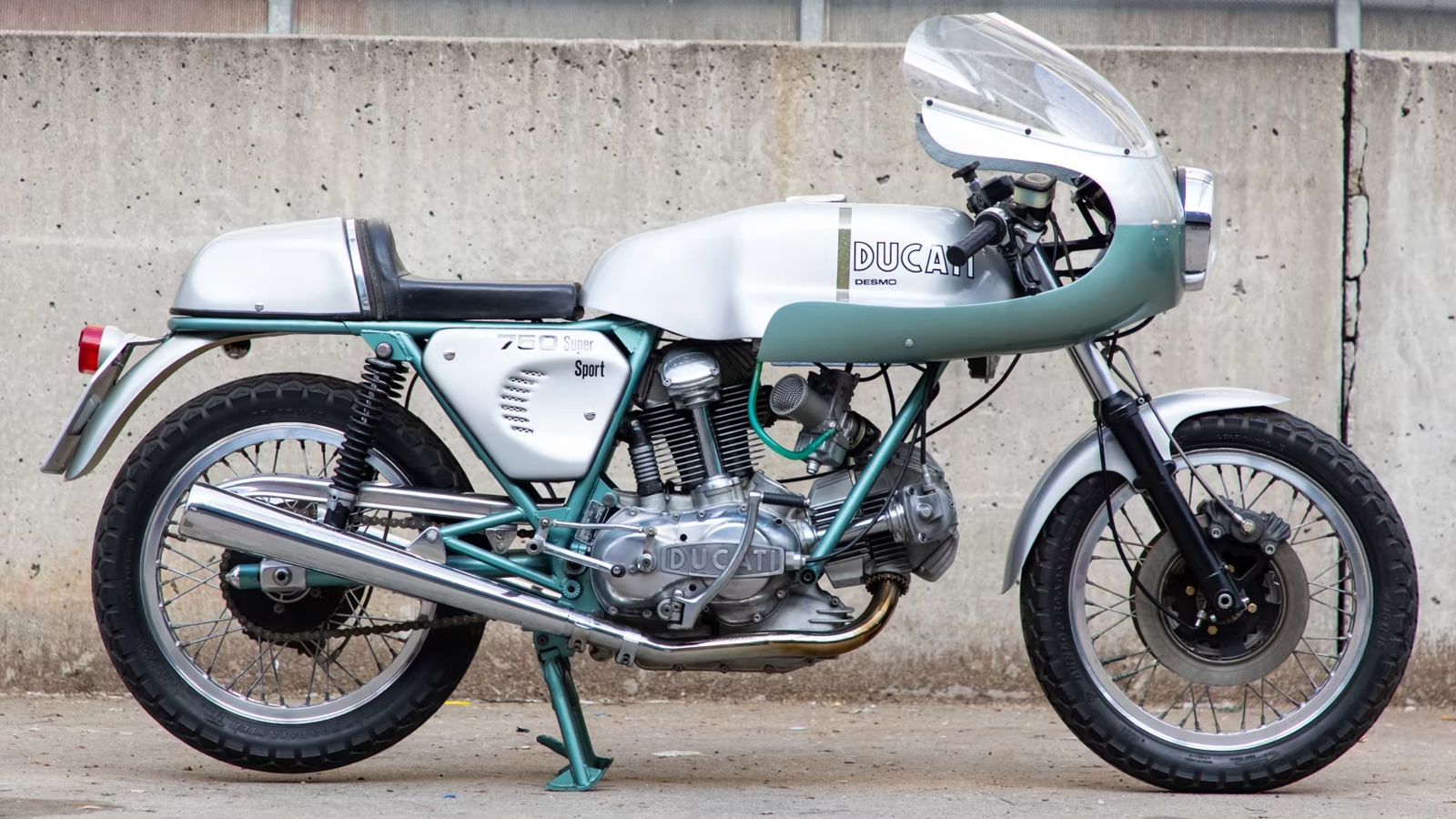
10 Of The Most Important Motorcycles Throughout History
These motorcycles had an influence way beyond their popularity and sales success
7 Honda
Established 1946
With 400 million motorcycles produced between 1946 and 2019, Honda is the world’s largest motorcycle manufacturer and has had a huge influence on global motorcycling. In the 1960s, Honda was producing ‘small’ motorcycles of up to 450cc that had comparable performance to contemporary British 650cc models, let alone the rather pedestrian American Harley Davidsons, as well as changing the public perception of motorcycling with clever advertising campaigns centered around the Super Cub model.
In 1969, Honda unveiled the CB750, complete with transverse inline four-cylinder engine, electric start and front disc brake, setting a template for motorcycle design that would dominate the global markets from that day to this. Huge resources have led to many engineering innovations, some successful, others total blind alleys, while the company has enjoyed unequaled sporting success in virtually every branch of motorcycle sport.
Model Highlights
- Honda has been the world’s largest motorcycle manufacturer since 1959
- It is also the world’s largest manufacturer of internal combustion engines measured by volume, producing more than 14 million internal combustion engines each year.
- The Honda Super Cub is the world’s most produced vehicle, with 100 million units produced by 2017
- Set the template for the modern motorcycle with the introduction of the CB750 in 1969
- Redefined the liter sports bike class with the CBR900RR in 1992
6 BMW
Established 1916 (First Motorcycle 1923)
As a manufacturer of aero engines, BMW was banned from continuing this line following Germany’s defeat in the First World War. The company turned to a motorcycle manufacturer. The first model, the R32, appeared in 1923, powered by a transversely-mounted flat twin engine and, basically, that’s the same engine the company is still using to this day.
BMWs were always well-made, but it wasn’t until 1980 and the first R80 G/S that BMW changed motorcycling forever, ushering in the age of the adventure bike that has had such a huge impact on motorcycling in general, with every other manufacturer jumping on the bandwagon in the following forty years. In 2009, BMW launched its first liter superbike, the now world-renowned S1000RR, and set the motorcycling world on its head again, leap-frogging the Japanese manufacturers, who had a twenty-year head start.
Manufacturer Highlights
- Started out as an aircraft engine manufacturer
- First motorcycle was produced in 1923, after the company was banned from aero engine manufacture after the First World War
- The BMW R12 and R 17, both introduced in 1935, were the first production motorcycles with hydraulically damped telescopic forks
- After the Second World War, BMW Motorrad had to start from scratch. There were no plans, blueprints, or schematic drawings because they were all in Eisenach in East Germany, which was under Russian control.
- The 1976 R100RS was the first production motorcycle to be fitted with a full fairing as standard equipment
5 Ducati
Established 1926 (first motorcycle 1950)
The radio and electrical component manufacturer responded to post-war Italy’s need for cheap transport solutions by bolting a small 49cc engine onto what was little more than a bicycle. This idea was developed and, through the 1950s and ‘60s Ducati gained an excellent reputation for innovative engineering and fast, small displacement motorcycles.
In 1970, the iconic 90° V-Twin (sometimes referred to as an ‘L-Twin’) appeared and, from that moment up to 2018, when the V4 engine appeared, all Ducati models were so powered. From the 1980s, Ducati really got into its stride and models such as the 851, 888, 916, 996, 998, 999, 1098, 1199 and 1299 were some of the most desirable sports road bikes money could buy, with the company’s image helped by huge racing success, first in World Superbikes and, from 2003, in MotoGP.
Manufacturer Highlights
- The first Ducati model was called the Cucciolo, Italian for ‘puppy’
- In the 1960s, Ducati earned its place in motorcycling history by producing the fastest 250 cc road bike then available, the Mach-1 with a top speed of 100 MPH
- Ducati used Desmodromic valve actuation for some models, where the valves are opened and closed by a cam, without the need for valve springs
- The first 90° V-Twin engine appeared in 1970
- The Ducati 916 has often been cited as the most beautiful motorcycle ever built
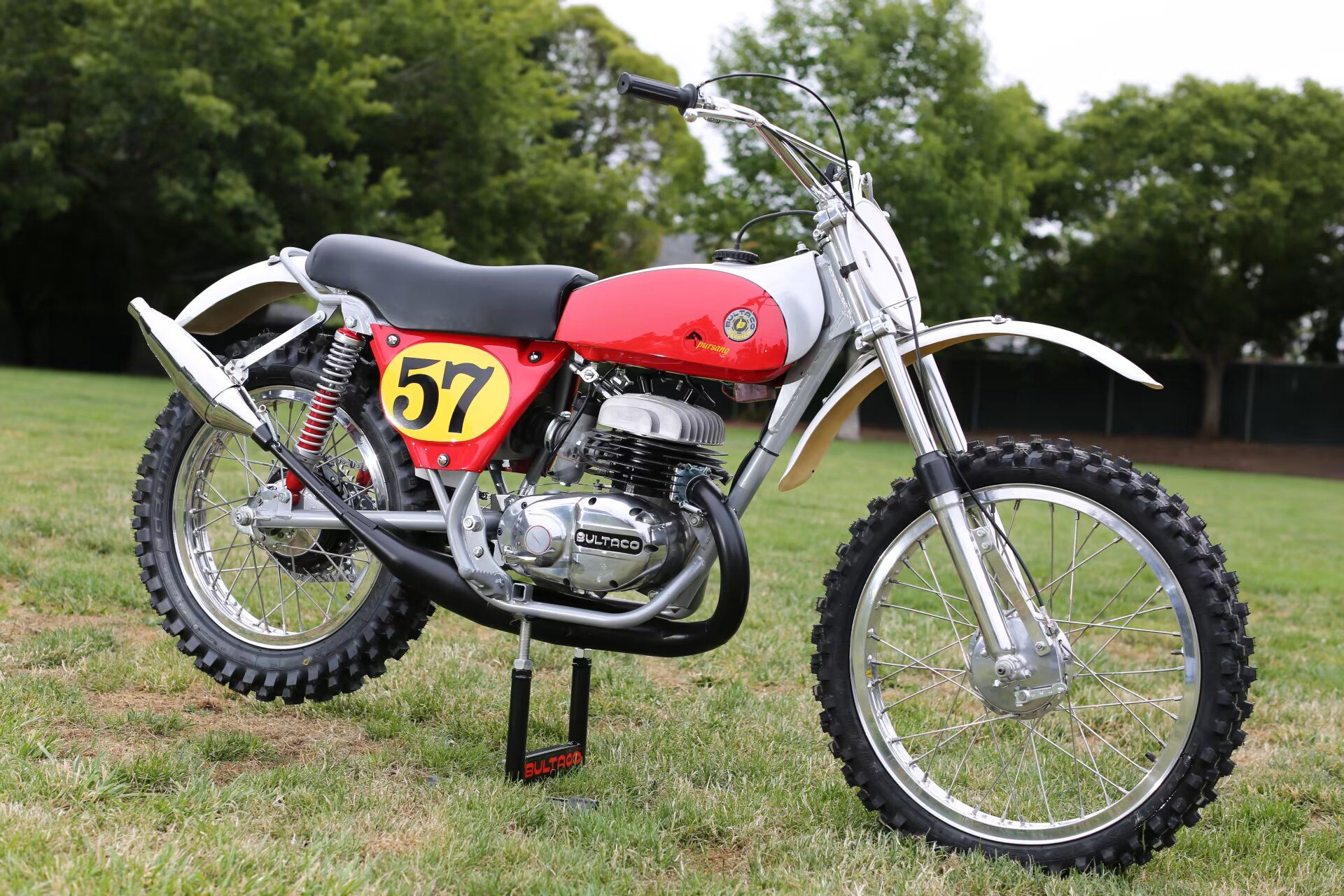
10 Motorcycle Brands From Spain
Here are ten motorcycle brands from Spain that you may not necessarily have heard of.
4 MV Agusta
Established 1923 (First Motorcycle 1945)
What many people don’t realize is that Agusta’s main business was first aircraft manufacturing and later helicopters. Like so many Italian engineering businesses, post-war thoughts turned to motorcycle production, although the first 98cc single cylinder motorcycles gave little indication of the engineering prowess and racing domination that would happen throughout the 1950s, ‘60s and early ‘70s, with a total of 38 World Championships in 125cc, 350cc and 500cc Grand Prix racing, ridden by the likes of John Surtees, Mike Hailwood and Giacomo Agostini.
MV Agusta rarely made a road bike larger than 350cc in this period, the 600 model, with the first transverse four cylinder motorcycle engine, being the notable exception. In the 1970s, the 750cc road bikes appeared, but they were hugely complex and expensive and the company folded in 1980, before being resurrected in the 1990s, continuing to build fast and beautiful motorcycles.
Manufacturer Highlights
- Born out of the need for cheap transportation after the ravages of the Second World War
- Despite racing successes with 350cc and 500cc motorcycles, MV Agusta made road bikes with engines no larger than 300cc and two cylinders, until the four-cylinder 600 model arrived in 1965
- MV Agusta withdrew from racing in 1974, being the last four-stroke motorcycle to win the 500cc World Championship until the advent of the MotoGP era in 2002
- Road motorcycle production continued until 1977, the 750 S and 750 S America models being the most expensive motorcycles of their time, produced in tiny numbers
3 KTM
Established 1934 (first motorcycle 1953)
Prior to 1991, KTM motorcycles were small mopeds and scooters, although, from 1974, the company was increasingly successful in off-road competition. Following a company reorganization in 1991, thoughts turned to road bikes, which were often powerful, raw and demanding to ride, the first such model being the 1994 Duke 620. From the early 2000s, KTM threw its weight behind the adventure bike market, with BMW firmly in its sights.
The first models, such as the 950 and 990 Adventure were not for inexperienced riders, but they put KTM firmly on the adventure map and were followed by increasingly brilliant and technological models in the form of the 1190 Adventure and 1290 Super Adventure, which really gave BMW a fright and forced it for the first time to play catch up. KTM naked road bikes, under the Super Duke name, have also proved to be class leaders. Huge success in the smaller Grand Prix classes has not been translated into the premier MotoGP class, but the Austrian company is getting close.
Manufacturer Highlights
- The name derived first from Kraftfahrzeug Trunkenpolz Mattighofen, meaning Trunkenpolz (the founder) Car Workshop, Mattighofen (the town in Austria). Later it stood for Kronreif & Trunkenpolz Mattighofen, Kronrief being an investor in the business
- The new company concentrated on small displacement motorcycles, scooters and mopeds
- KTM won its first off-road championship in 1974 and, by the end of 2016, KTM had won more than 260 world championship titles
- The first large-displacement model was the Duke 620 of 1994
2 Hero MotoCorp
Established 1946 (first motorcycle 1984)
Perhaps the least known of all the major motorcycle manufacturers – at least in the Western world – but Hero MotoCorp is one of the largest motorcycle manufacturers in the world, even if the vast bulk of its nearly 8 million motorcycle sales a year are in India. Hero MotoCorp sells more two-wheelers than the second, third, and fourth-placed motorcycle manufacturers put together, and is behind only Honda, with which Hero had a commercial tie-in from 1984 to 2010. Nothing they build is above 450cc, perfect for the Asian market and, with that scale of production, comes incredible toughness, longevity and reliability. The Indian and Asian markets wouldn’t be the same without Hero.
Manufacturer Highlights
- Hero Honda was a joint effort between Hero Cycles and Honda Japan, to manufacture Honda models under licence. The agreement ceased in 2010
- Hero MotorCorp sells 7.6 million motorcycles a year through 6,000 dealers in India alone
- In September 2018, Hero registered its best-ever monthly performance by selling 769,000 units
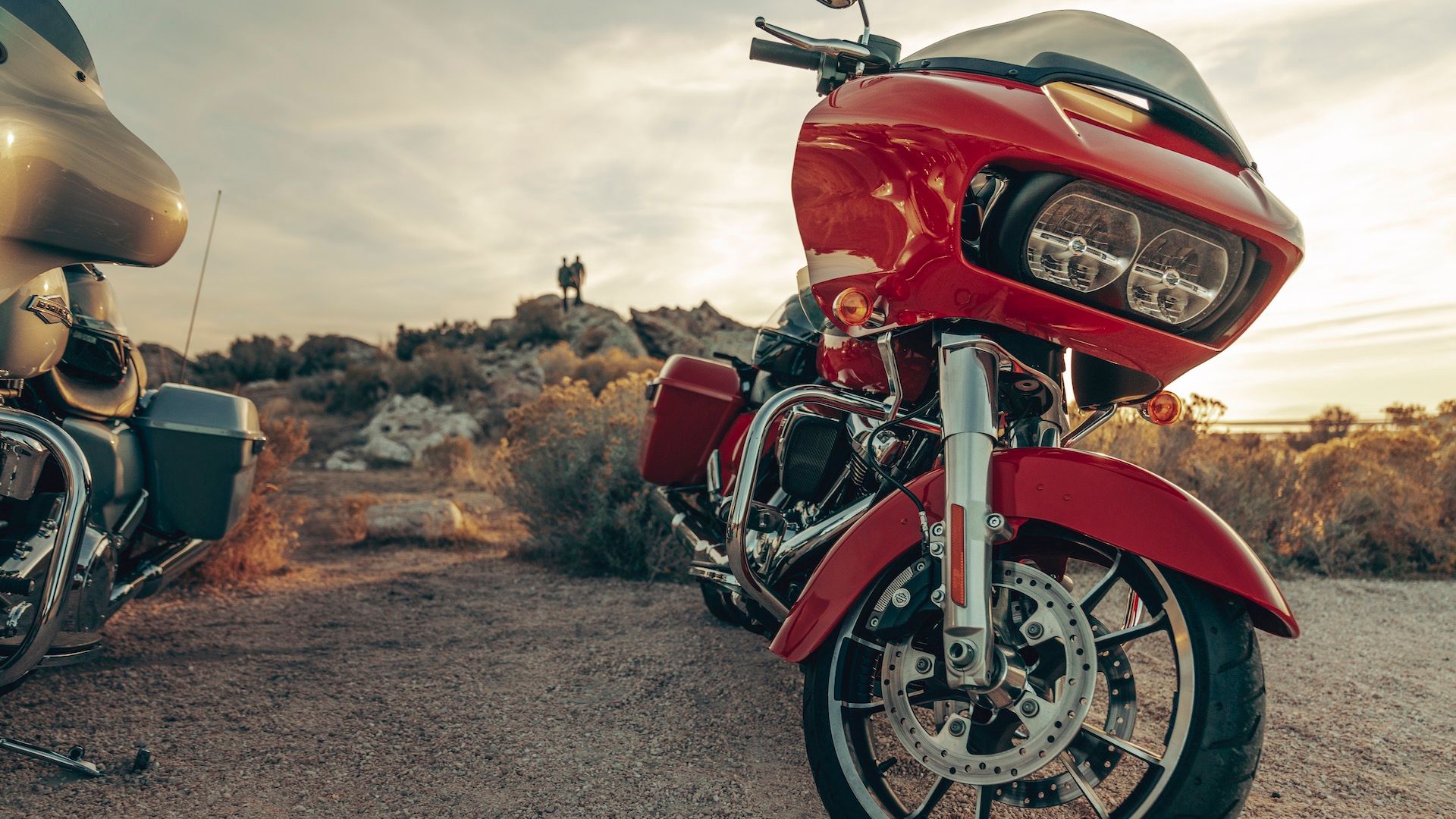
Five Popular Motorcycle Companies With Chinese Connections
Harley-Davidson, MV Agusta, and KTM are some of the biggest names in the motorcycle industry and they are all working with Chinese manufacturers today
1 Kawasaki
Established 1896 (First Motorcycle 1963)
Kawasaki Heavy Industries is a huge engineering concern, of which the motorcycle side is but a tiny part. Despite never being as involved in sport as much as its Japanese rivals, Kawasaki has had its fair share of iconic and ground-breaking road bike designs, not all of them famous for the right reasons: the H1 Mach 3 model having stunning acceleration but lacking the chassis to harness it in anything other than a straight line.
The Z1 of 1973 was built on what the Honda CB750 had started, while the GPz900 of 1984 was the world’s first 16-valve, water-cooled inline four-cylinder motorcycle engine. From that point to today, the development of Kawasaki’s motorcycles has followed largely the path of its rival home manufacturers, although the arrival of the supercharged Ninja H2 and track-only H2R has put Kawasaki back on top of the speed stakes.
Manufacturer Highlights
- Kawasaaki Heavy Industries manufactures aircraft, space systems, helicopters, jet engines, missiles, ships, trains and hundreds of other engineering solutions
- The first motorcycle was a direct copy of the BSA A7, with a 500cc parallel twin engine
- Kawasaki didn’t follow its home rivals Honda, Suzuki and Yamaha into Grand Prix racing, preferring to concentrate on production motorcycles
- The 1984 GPz900 was the fastest production motorcycle of its time, with a top speed of 151 MPH
- In 2017, Turkish racer Kenan Sofuoglu took a standard H2R model to a top speed of 400km/h (248MPH)


